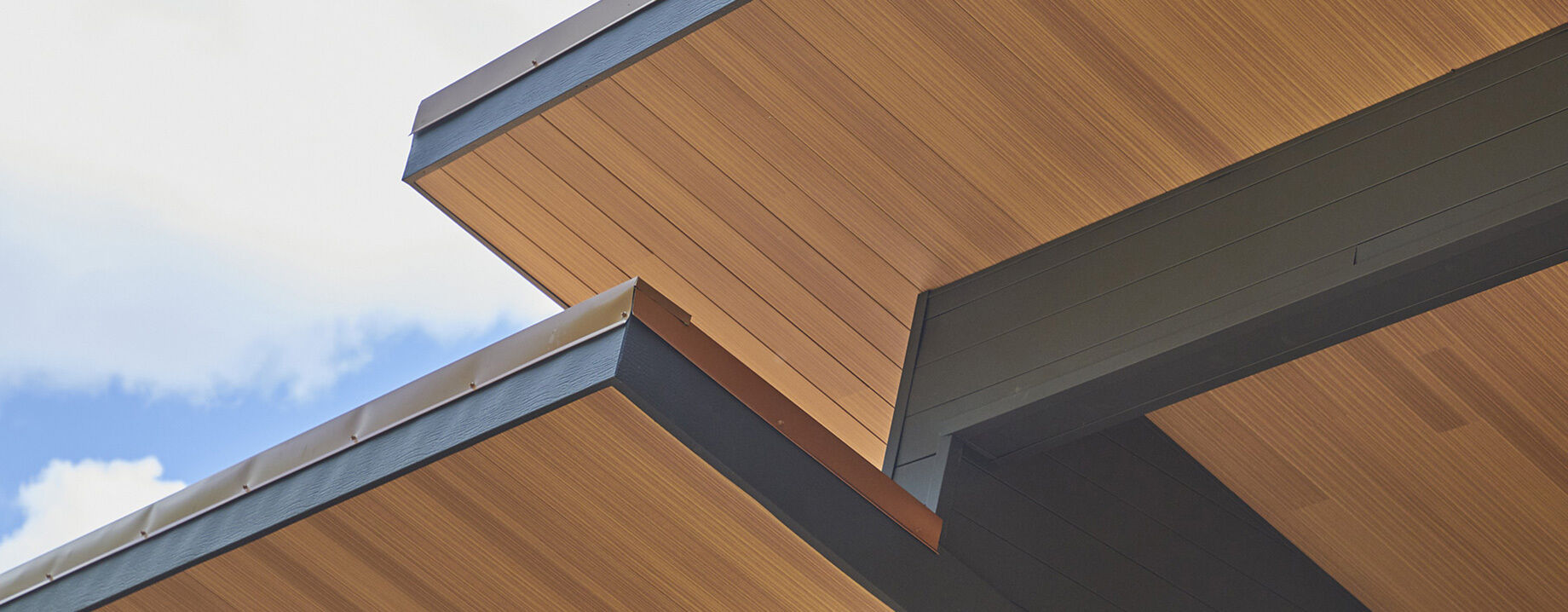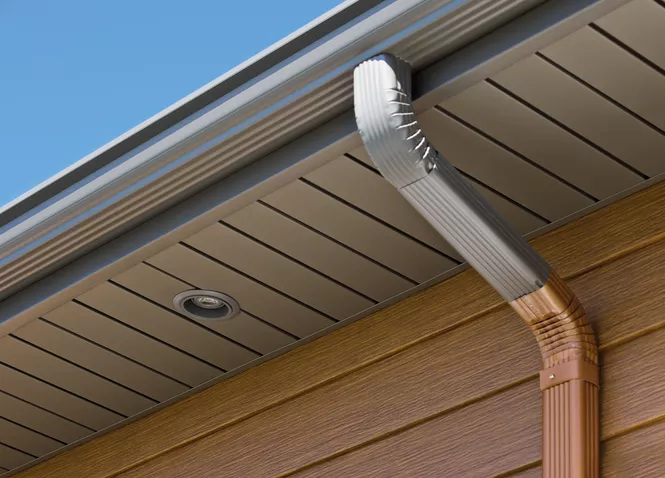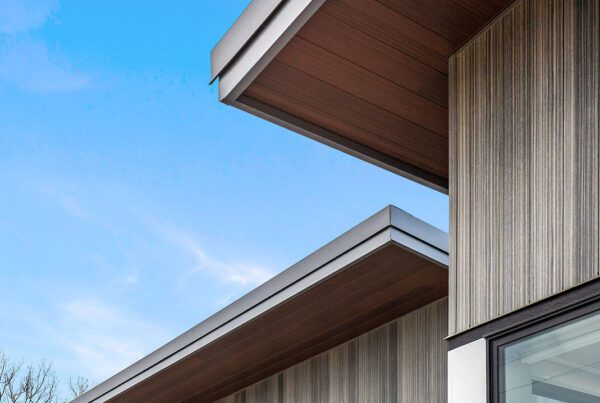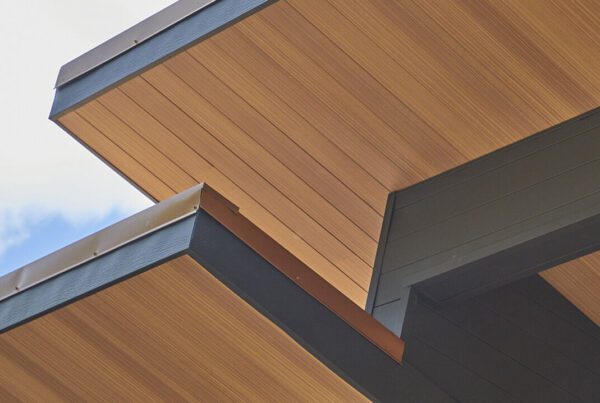How Do You Know If You Have Soffit?
The importance of this feature usually comes to light when homeowners build or remodel, and start thinking about ways to maximize a home’s comfort, appearance, and energy efficiency.
Soffit is one of those details of the home that can go unnoticed from day to day, as many discrete parts of the overall exterior do.
In roofing, soffit refers to the underside of the eave, where the roof extends over the side walls of the building. On some homes, the eaves don’t project beyond the sidewalls at all. On others, the eaves may project over the walls, but the underside may not be enclosed with soffit.
There’s a good chance your home does have soffit installed. The easiest way to tell is to walk around the home and look up at the roof. If you can see the underside of the eaves, but you can’t see the rafters, your home has soffit.
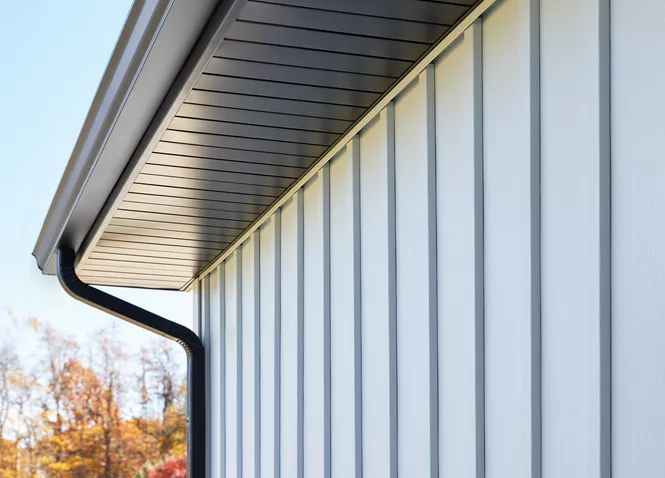
What is Soffit For?
Like many parts of a home’s exterior, soffit serves both an aesthetic and a functional purpose.
- Functionally, the basic mission of soffit is to protect rafters from the elements. Keeping moisture away from the rafters reduces the chance of mold, and helps preserve the life of the materials.
- Aesthetically, soffit is an easy way to add character. Soffit is available in many colors and designs, because it can help make the façade of the home more interesting whether you’re standing on the street or relaxing on the porch.
Depending on the design of your roof system, soffit may serve another important functional role: it’s the key to achieving natural ventilation in the attic. Soffit isn’t necessarily vented at all, but if a home has attractive roof overhangs, it usually presents an opportunity to introduce air into the attic space and facilitate natural ventilation. To achieve the best ventilation, intake at the eaves must be balanced with the exhaust through roof vents at the peak. Generally, modern ridge vents are able to exhaust an impressive amount of air, and it’s important to find soffit that can match the flow.
How Soffit Works in Summer and Winter
What Are the Types of Soffit?
Just as there are many building styles, there are many ways to classify soffit.
- Material: Soffit materials may be vinyl, metal, wood, or fiberboard. Quality Edge uses high performance, titanium-stabilized aluminum for long-lasting soffit with many design and intake options.
- Design: Originally, most soffit was made of wood and eaves were often wide. Soffit was usually continuous, with either a regular, wainscot, or beaded style. With new materials, soffit is now available in a variety of designs, most of which simulate original wood soffit styles while offering other advantages over wood.
- Intake: The amount of air intake varies widely among different soffit styles and materials. One option is unvented soffit, which would be used when ventilation is not a feature of the roof system. In some styles, you can actually see small vent perforations as you look up at the soffit. These include partially vented and fully vented styles. In hidden vent styles, the vent perforations are not visible from below, and instead are strategically hidden through careful engineering. Depending on the style of venting, the material, and design, the amount of air flow (measured in NFA) allowed can vary quite a bit. Builders balance the intake air flow of the soffit with the exhaust.

